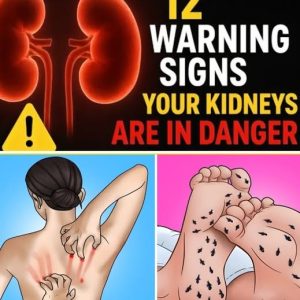
Lung can:cer has long been associated with smoking; however, in recent decades, a significant rise in cases among people who have never smoked has challenged this assumption. This phenomenon has driven researchers to explore other contributing factors such as environmental pollution, chemical exposure, and genetic predispositions that may influence the development of the disease.
In 2017 alone, approximately 1.57 million new cases were reported in men and more than 900,000 in women, underscoring the global magnitude of this public health concern. These statistics highlight the importance of understanding the multifactorial causes behind lung cancer in nonsmokers, including environmental, genetic, and lifestyle factors.
Definition and Scope of the Problem
Lung cancer is characterized by the uncontrolled growth of abnormal cells in lung tissue, which compromises normal respiratory function. Although tobacco use remains the dominant risk factor, between 10% and 20% of diagnosed cases occur in individuals who have never smoked. Among these, adenocarcinoma is the most common subtype—accounting for 59.7% of cases in women and 45.6% in men—according to global studies.
Air Pollution and Environmental Factors

Air pollution is one of the primary environmental contributors to lung cancer in nonsmokers. Fine particulate matter (PM2.5 and PM10), which often exceeds safe levels in industrial and urban areas, can trigger chronic inflammation and genetic mutations in lung tissue. Data from global analyses reveal that East Asia and North Africa record the highest incidence rates for certain subtypes of lung cancer related to pollution exposure.
Another key factor is radon, a naturally occurring radioactive gas that seeps from the ground into homes and buildings. In poorly ventilated spaces, radon accumulation can expose residents—smokers and nonsmokers alike—to harmful radiation, increasing their cancer risk. Regular radon testing and proper ventilation are therefore strongly recommended, particularly in regions known for elevated radon levels.
Genetic Factors and Specific Mutations
Genetic predisposition also plays a significant role in determining an individual’s susceptibility to lung cancer. Mutations in genes such as EGFR, ALK, and KRAS have been identified as major drivers of tumor formation, even in the absence of tobacco-related carcinogens. Individuals with a family history of lung cancer or related genetic alterations face a higher risk, emphasizing the need for genetic screening and medical surveillance in these populations.
Lifestyle and Dietary Influences
Although lifestyle is a less frequently discussed factor, it remains an important component in understanding lung cancer risk among nonsmokers. Diets low in fruits, vegetables, and antioxidant-rich foods can reduce the body’s capacity to combat oxidative stress and cellular damage. Additionally, sedentary habits and obesity are linked to chronic inflammation and metabolic disturbances that may facilitate cancer development. Promoting balanced nutrition and regular physical activity can therefore contribute to overall lung health and disease prevention.
Advances in Early Detection and Diagnosis

Early detection remains the most effective strategy for reducing lung cancer mortality. Low-dose computed tomography (LDCT) has emerged as a valuable tool for identifying small lung nodules at an early, more treatable stage. However, its use is still limited among nonsmokers, who are often not included in standard screening programs.
Recent population-based studies highlight the importance of revising screening guidelines to better reflect the evolving risk profile of nonsmoking populations. Incorporating genetic, environmental, and regional factors into these guidelines may significantly improve early diagnosis and patient outcomes.
Conclusion
Lung cancer in nonsmokers represents a complex and growing global challenge. Beyond tobacco, a combination of environmental pollutants, genetic predispositions, and lifestyle factors contributes to disease onset. Continued research, improved screening strategies, and greater awareness are essential to addressing this overlooked segment of lung cancer cases—and ultimately, to saving lives through prevention and early detection.



